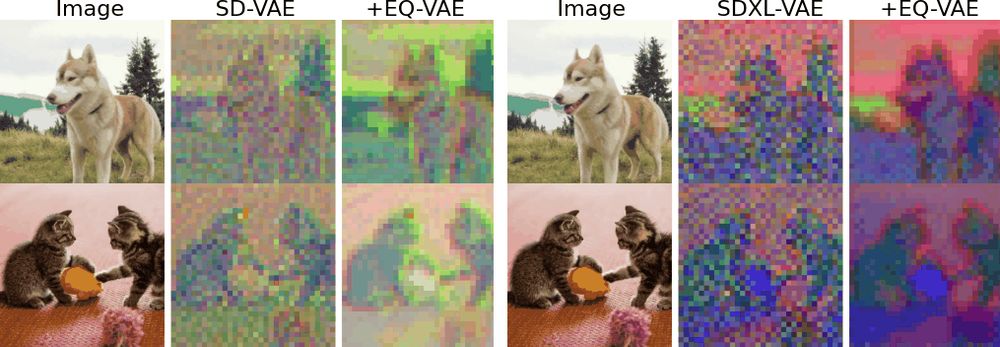Thodoris Kouzelis
@nicolabourbaki.bsky.social
35 followers
38 following
21 posts
1st year PhD Candidate Archimedes, Athena RC & NTUA
Posts
Media
Videos
Starter Packs
















